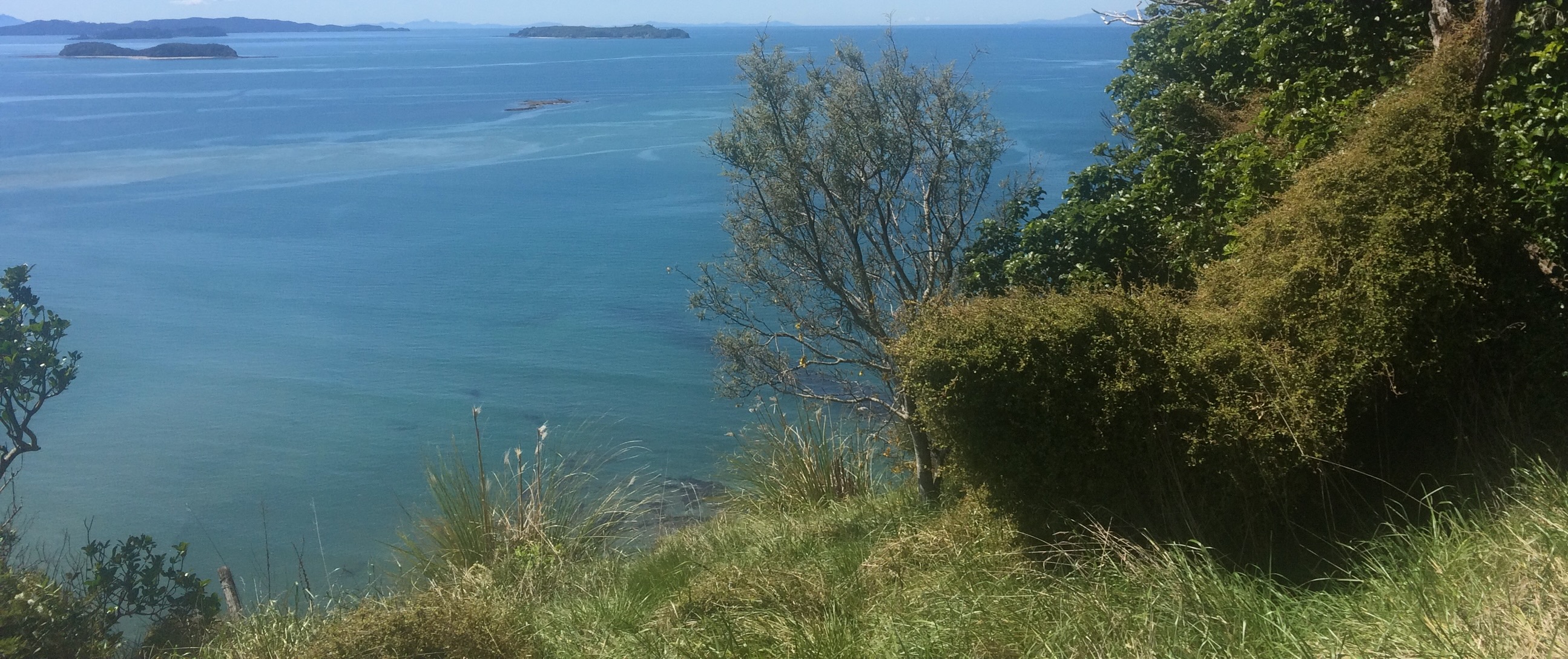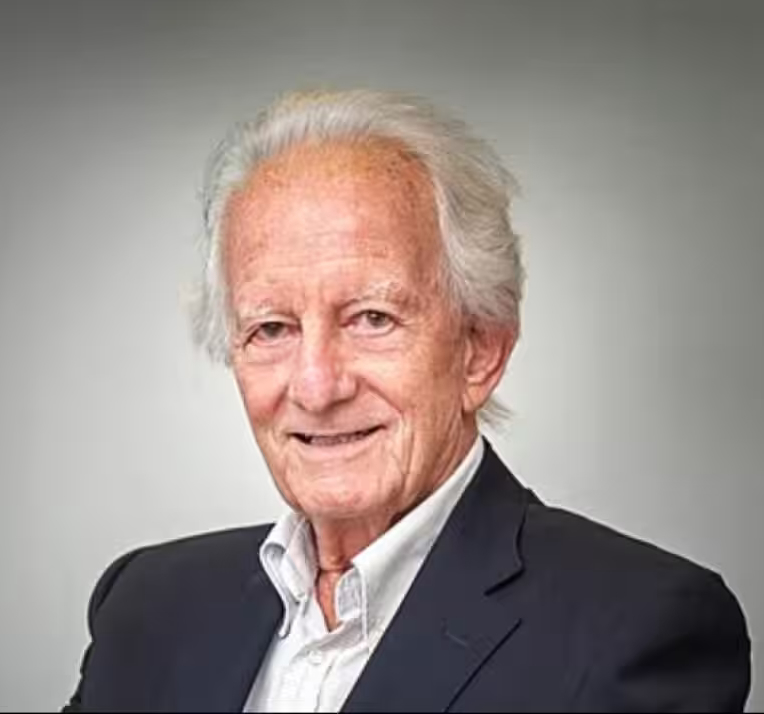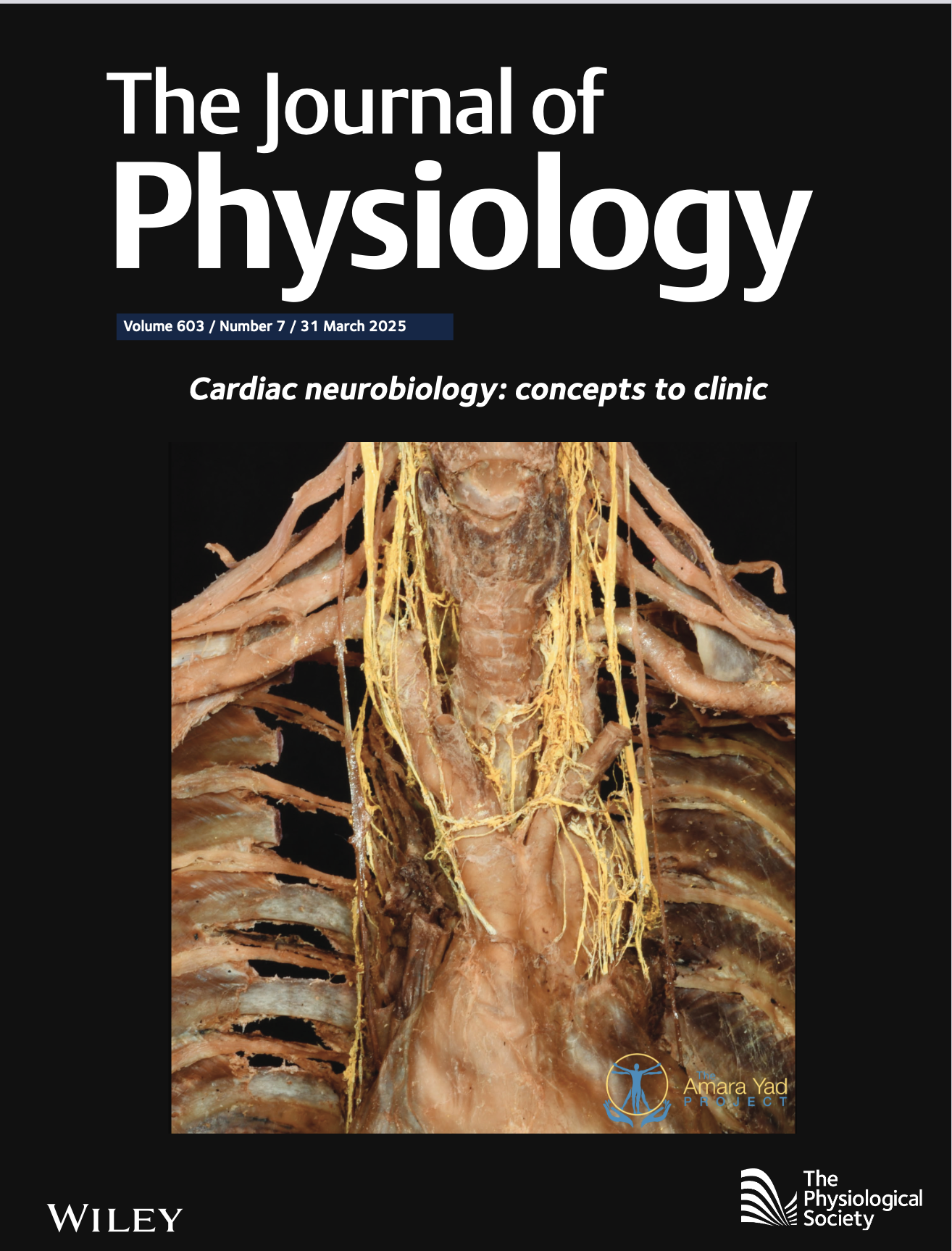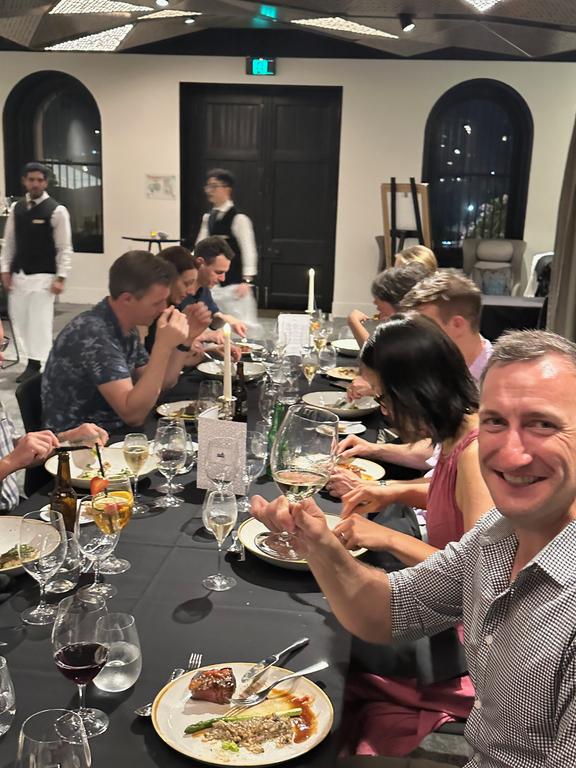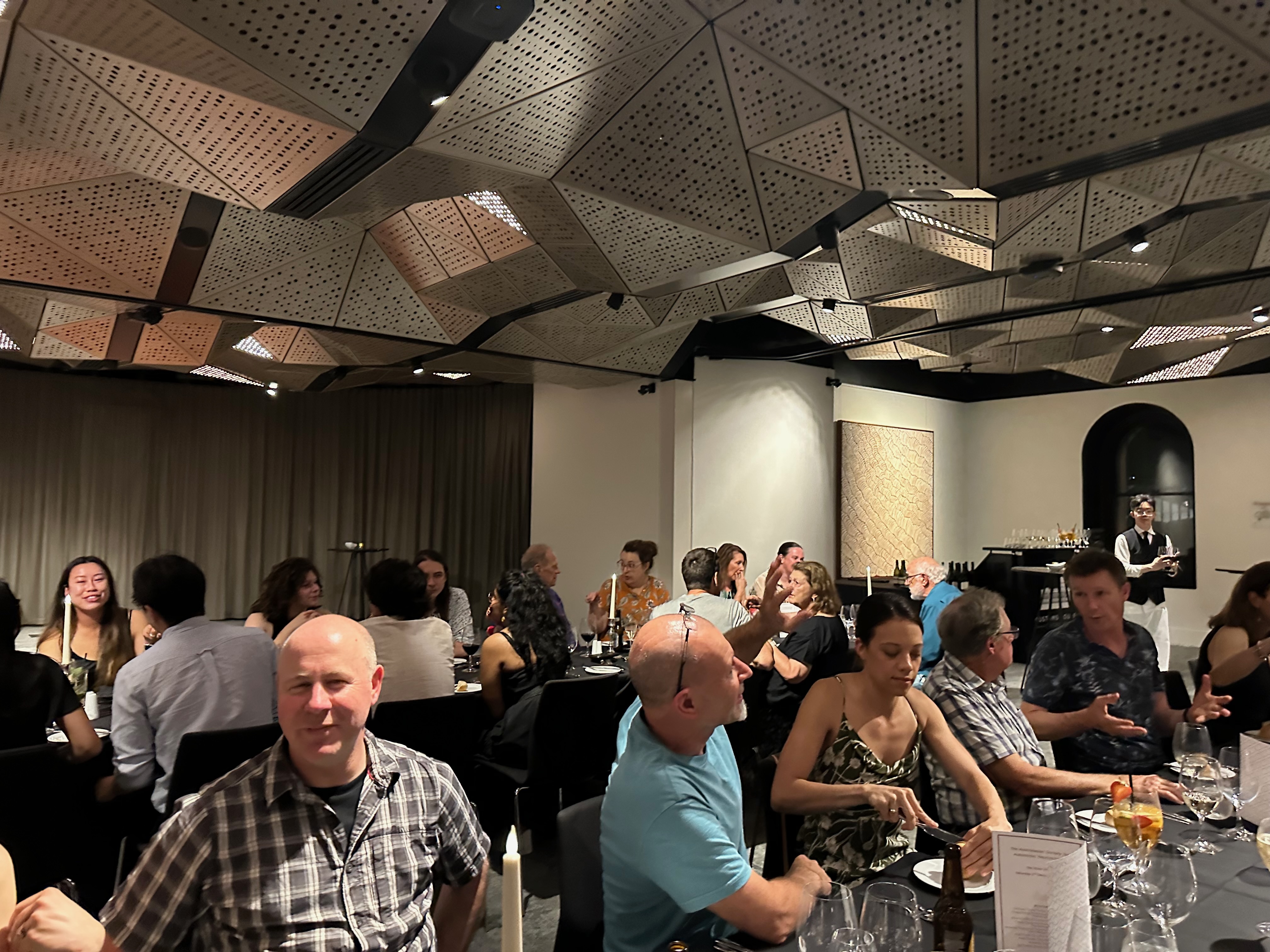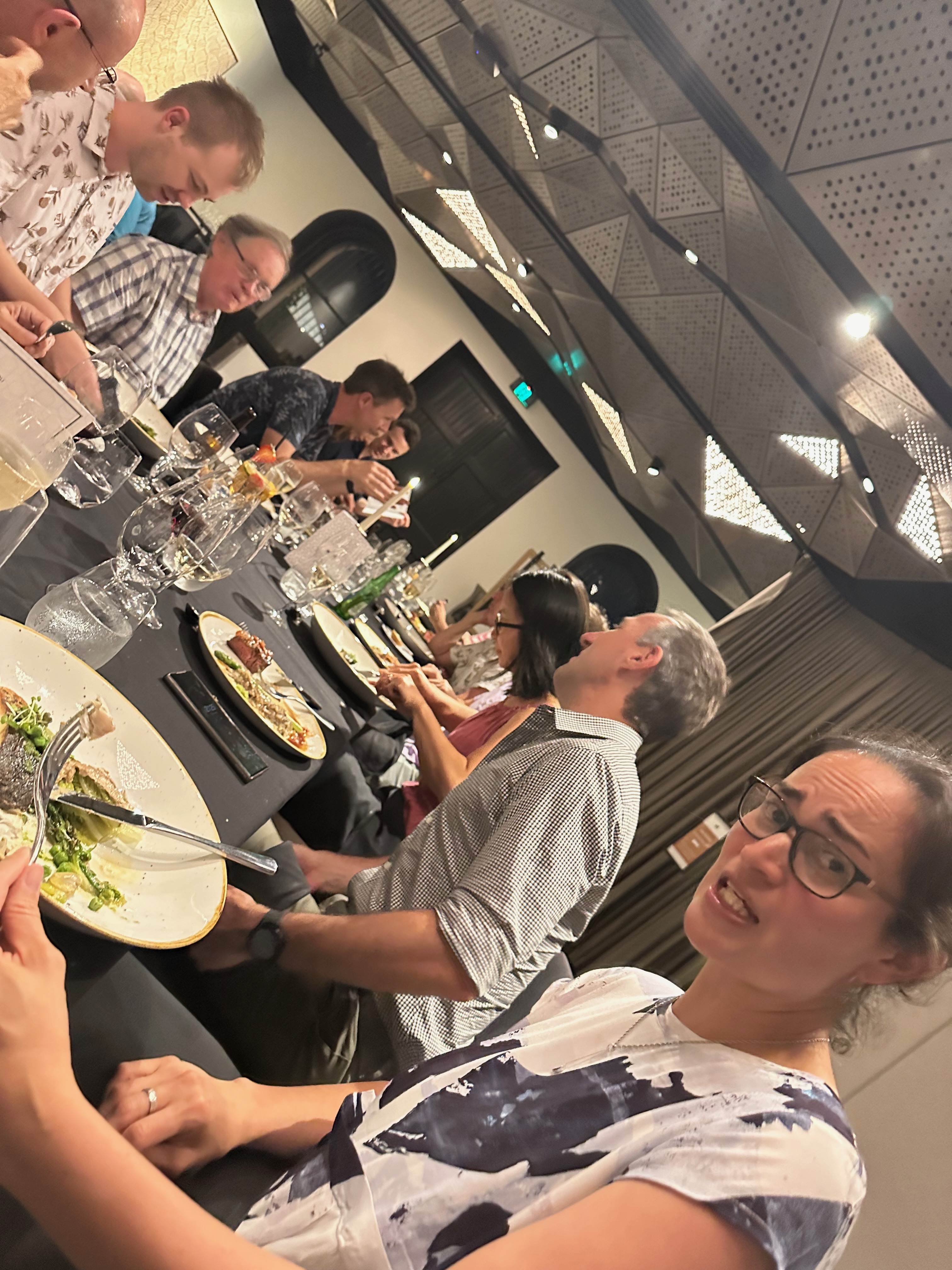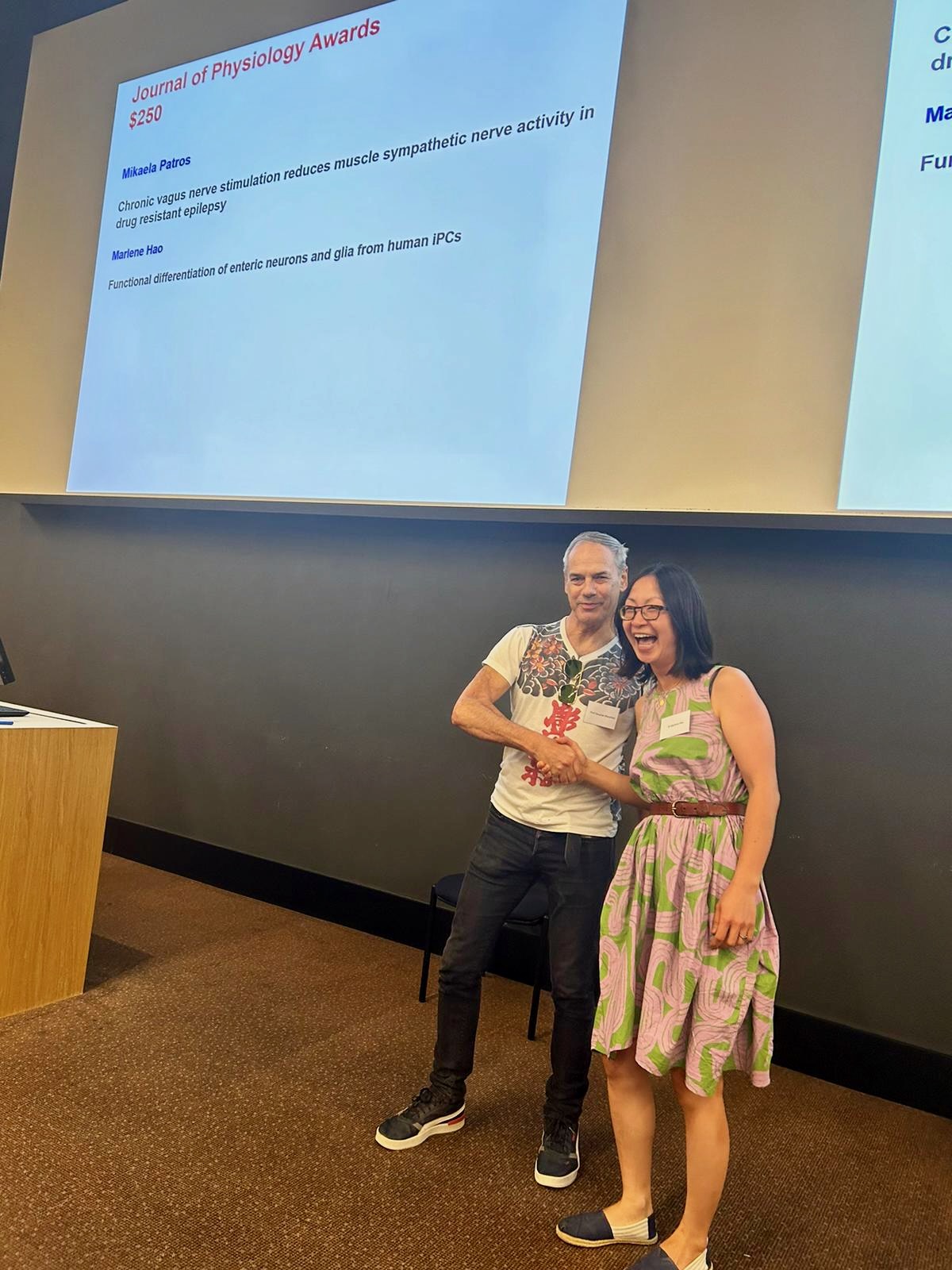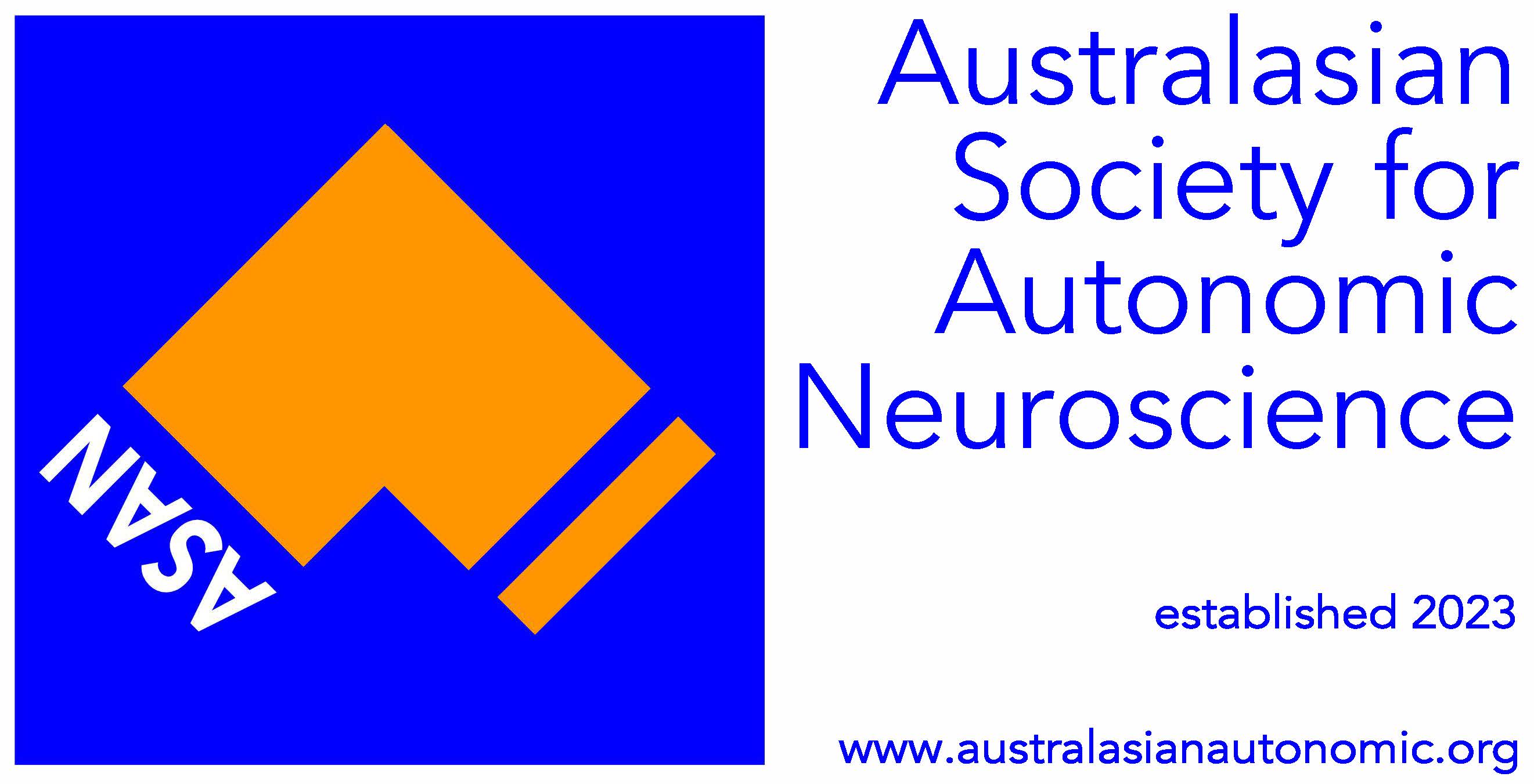
The role of the autonomic nervous system in stress response and resilience
It is not too late to register to attend and present at this workshop, being organised by Andrea Sgoifo (Università di Parma),
Cristina Ottaviani (Università di Roma La Sapienza) and Nicola Montano (Università di Milano)
The workshop will be held at the Ettore Majorana Foundation and International Centre for Scientific Culture, located in the old pre-mediaeval city of Erice.
Dates: June 8-13, 2025
Website:


